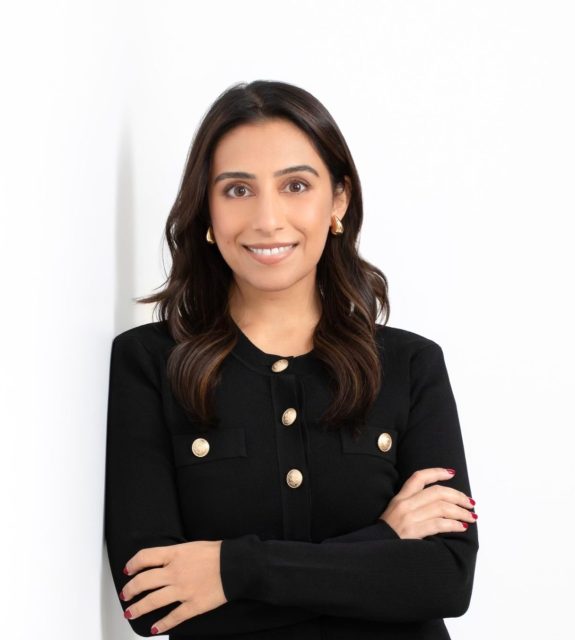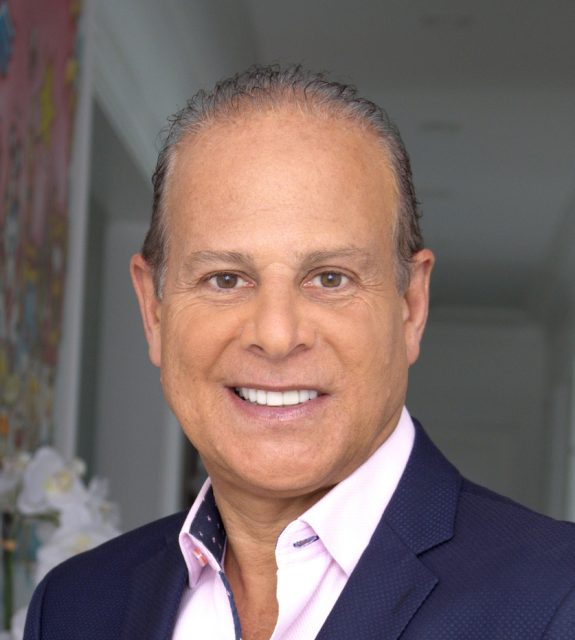Eric Shiah co-authored this article.

Have you ever wondered what the process of going through lip injections looks like? How about surgeries such as breast augmentation? Maybe you wanted to see a real-life representation of what the recovery process is like and searched on Google and YouTube for more information. With the rise of digital communication, especially during the COVID-19 pandemic, social media can be a great way to learn more about plastic surgery.
Importantly, there are a few precautions to keep in mind when viewing plastic surgery social media content. The first is to be aware that social media provides users the opportunity to present the best versions of themselves to the public. Applications such as Photoshop and FaceTune allow users to alter facial features to enhance their appearance. It is also important to be aware that the public content is unregulated with regards to the accuracy of medical information shared online. Anyone can post content and use plastic surgery-related hashtags. To get reliable answers to any of the questions you have about plastic surgery, it is best to set up a consultation with your local board-certified plastic surgeon to avoid following misguided information.
As more plastic surgeons join social media to educate the public and showcase their abilities, more accurate and detailed information about plastic surgery is becoming increasingly accessible. Additionally, social media platforms as creative tools allow for plastic surgery content to be expressed in ways that otherwise cannot be captured by traditional methods of information sharing, such as through written articles and clinic websites. For instance, plastic surgeons have been utilizing Instagram’s video post feature to share video clips of before and after results, providing a better perspective than stand-still photos. Other very popular content sharing trends include answering questions asked by viewers like you, and showcasing what happens in the operating room. Some patients also share their recovery journey and reactions to their results.
How Do I Start Viewing Content?
A great way to start looking at plastic surgery content on social media is by searching hashtags. Hashtags are a pound sign followed by a word or phrase, such as #plasticsurgery. They are used to organize, promote, and connect social media content. Searching #plasticsurgery on Instagram would bring you posts made by other users who attached the hashtag to their post. This makes it easier for people to find and follow certain topics they are interested in. Some other very popular hashtags used with plastic surgery content are #rhinoplasty, #beforeandafter, #cosmeticsurgery, #liposuction, and #facelift. Whatever you can think of, try searching it up with the pound sign in front to see if it is helpful for you.
Alternatively, instead of browsing through the diverse results, you get by searching hashtags, another great approach to start viewing plastic surgery content is by following a particular plastic surgeon on social media. If there is a particular plastic surgeon you have heard of from friends or seen on TV, you can search for them within social media platforms or use Google to help you find their profile. Some plastic surgeons have their own website, which may list the social media accounts they have. As you browse through content, the social media platform algorithm may start recommending other plastic surgeons for you to follow. You can diversify your interests from there.
 Photo Credit: ShutterstockWhich Social Media Platform Should I Use?
Photo Credit: ShutterstockWhich Social Media Platform Should I Use?
There are so many social media platforms today, so it is understandable if it is hard to choose one to start with. Each platform has its unique features that make it different from the others, so it could help to try several of them before deciding which one you like the best. Three of the most popular social media platforms are highlighted below.
As of 2020, Facebook remains to be the largest social media platform with more than 2 billion monthly active users around the world. Instead of Facebook “profiles” that most users are used to, most plastic surgery content is found on Facebook “pages.” These pages contain many of the same features, such as photos, videos, and written posts. They also may have an additional feature showcasing patient reviews. Facebook plastic surgery content includes, but is not limited to, before and after results, promotions, advertisements, educational posts, and personal posts about the surgeon’s family and life events. Compared to many of the other popular social media platforms, Facebook has the largest word count limit (about 10,000 words), making it a suitable option for those who primarily enjoy reading for their content. A Facebook account is not required to access public Facebook pages.
Instagram is one of the most popular social media applications, with more than 100 million posts per day. In addition to features such as image and video posts (up to 1 minute), Instagram has “Live Videos” and “Stories.” Live Videos allow the user (in this case a plastic surgeon) to stream content in real-time. Question and answer (Q&A) format is frequently used, where you have the opportunity to type questions into chat and the plastic surgeon can answer them right away. Instagram Stories is a feature that allows captured content in the form of photos and videos to remain visible for 24 hours before automatically vanishing. The nature of this feature trends toward capturing more casual, day-to-day content compared to the typical image posts which are usually planned out and organized in advance.
With the majority of content being high-quality photos and videos, browsing on Instagram can be enjoyable and informative. Plastic surgeons have posted content showing what an initial consultation is like, as well as activities in the operating room. An Instagram account is needed to view any content on the platform, although you can connect and login using your Facebook account.
TikTok
TikTok is the up and coming social media platform of 2020, and it will likely continue to grow throughout 2021. This creative platform is a video-sharing app that allows users to create and share 15-second videos. A common trend is to use music to enhance the content portrayed in videos, with the content ranging from dance videos to funny skits. For plastic surgery content, songs are frequently paired with before and after videos, which can make it more entertaining to watch. As you watch TikTok videos, the app will adjust the content suggested for you based on your interests. No account is needed to view TikTok videos.
For more information, visit Dr. Samuel Lin's social media:

























